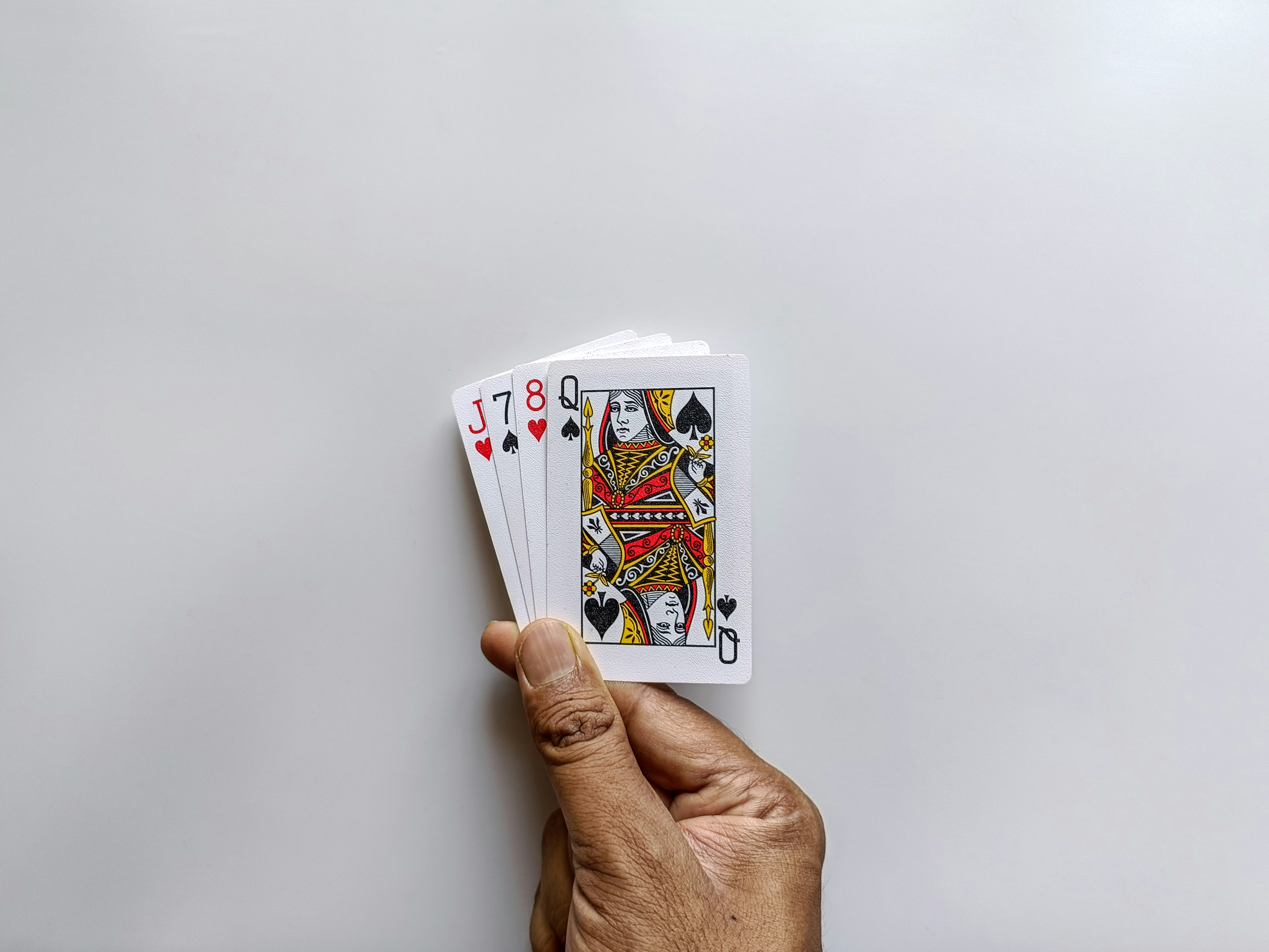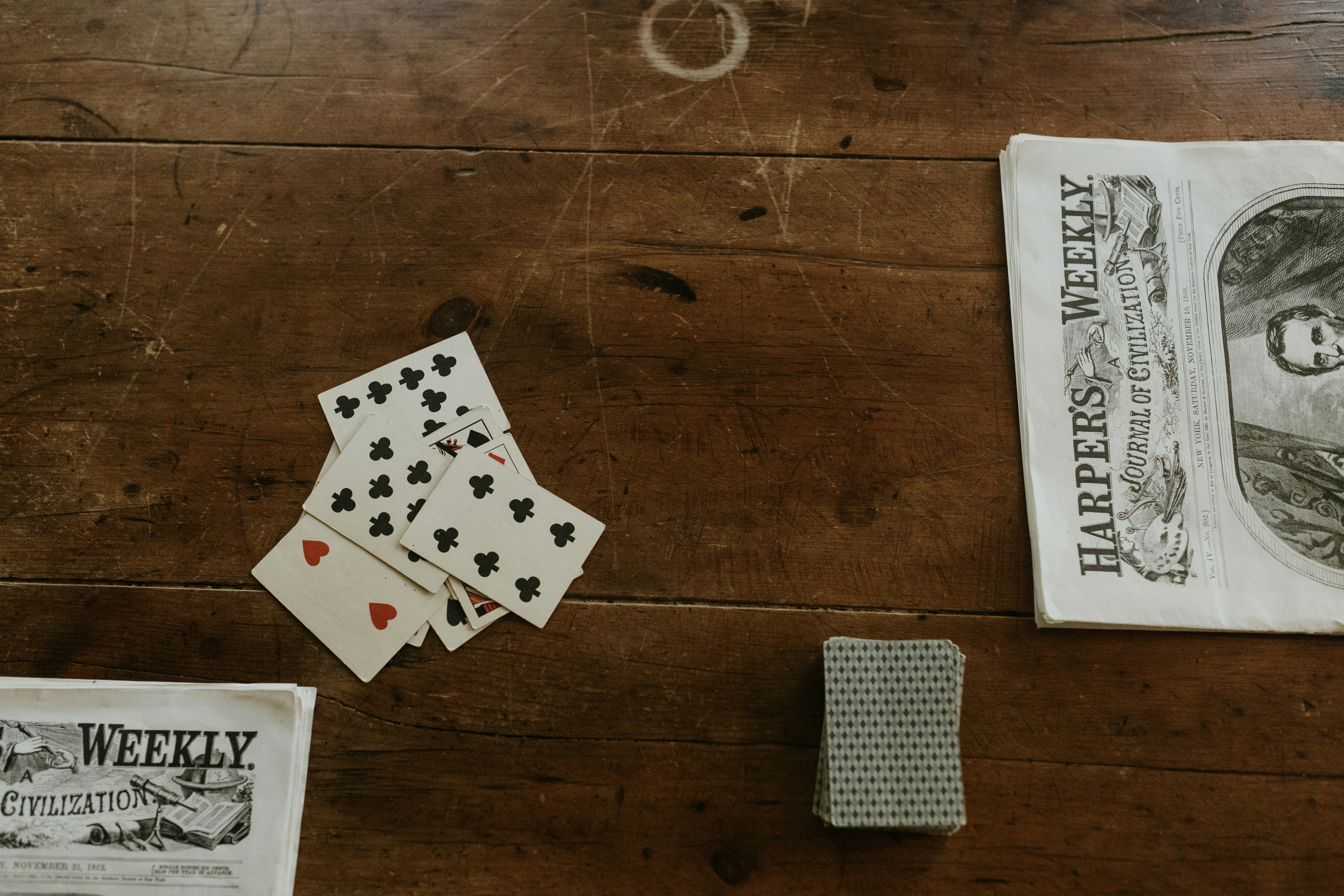Support our educational content for free when you purchase through links on our site. Learn more
What Is the Oldest Magic Trick? 🪄 Discover 5 Ancient Illusions (2025)

Have you ever wondered what the very first magic trick was? Imagine sitting by a flickering campfire thousands of years ago, watching a mysterious figure seemingly make objects vanish or reappear—long before the flashy Las Vegas shows or viral TikTok illusions. In this article, we dive deep into history’s dusty scrolls and ancient artifacts to uncover the oldest magic tricks known to humankind. From the legendary decapitation illusion in the Westcar Papyrus to the timeless Cups and Balls routine that still dazzles audiences today, we’ll reveal secrets that have enchanted generations.
But that’s not all! We’ll also explore how these ancient feats laid the groundwork for modern magic, why our brains are still fooled by these classic illusions, and how you can perform some of these age-old tricks yourself. Ready to become a part of magic’s grand lineage? Let’s unlock the mysteries together!
Key Takeaways
- The oldest documented magic tricks date back over 4,000 years, with the Westcar Papyrus and the self-filling lota bowl among the earliest known illusions.
- The Cups and Balls trick is the longest-surviving magic routine, still performed worldwide with roots in ancient Egypt and Rome.
- Ancient magic combined mechanical ingenuity, sleight of hand, and psychological misdirection, principles that remain central to magic today.
- Understanding the history and psychology behind these tricks can elevate your performance and deepen your appreciation of the art.
- You can learn and perform several ancient tricks today, including the Cups and Balls and the lota bowl, with simple props and practice.
Ready to start your journey into magic’s ancient past and master timeless illusions? Check out our curated Cups and Balls sets and lota bowls to get started!
Table of Contents
- ⚡️ Quick Tips and Facts
- 📜 The Dawn of Deception: Unveiling the Ancient Roots of Illusion
- 🧐 What Counts as Magic? Defining “Trick” in Ancient Times
- 🔍 The Westcar Papyrus Revelation: Our Strongest Contender for the Oldest Documented Magic Trick
- ✨ Other Ancient Wonders: Top Contenders for the Title of “Oldest Illusion”
- 1. The Cup and Ball Game: A Timeless Shell Game
- 2. The Vanishing Object: Now You See It, Now You Don’t (Even Back Then!)
- 3. Early Escapology: Breaking Free from Ancient Bonds
- 4. The “Miracles” of Ancient Priests: Temple Magic and Divine Deception
- 5. The Indian Rope Trick: Myth, Legend, or Ancient Reality?
- 🧠 The Psychology of Ancient Illusions: Why We’re Still Fooled by the Classics
- ⏳ From Pharaohs to Penn & Teller: The Evolution of Magic Through the Ages
- 🎩 The Enduring Legacy: How Ancient Tricks Inspire Modern Magicians
- 🪄 Learning the Classics: Can You Perform the Oldest Magic Tricks Today?
- ⚖️ The Ethics of Ancient Magic: Deception for Entertainment vs. Manipulation
- 💡 Quick Tips for Aspiring Ancient Illusionists
- ❌ Common Misconceptions About Ancient Magic: Debunking the Myths
- ✅ Conclusion: The Timeless Art of Astonishment
- 🔗 Recommended Links: Dive Deeper into the World of Ancient Magic
- ❓ FAQ: Your Burning Questions About the Oldest Magic Tricks Answered
- 📚 Reference Links: Our Sources for Ancient Wonders
⚡️ Quick Tips and Facts
- Oldest documented trick? Most historians agree it’s the “Lota Bowl” (c. 3000 BCE) or the decapitation illusion in the Westcar Papyrus (c. 2500 BCE).
- Still performable today? ✅ The Cups & Balls—first described by Roman Acetabularii in 65 AD—remains the longest-running crowd-pleaser in magic.
- Want to blow minds tonight? Grab three coffee cups and some foil balls; we’ll teach you the ancient sequence in Learning the Classics.
- Safety first: Many temple “miracles” used mercury, asbestos, and concealed furnaces—don’t try those at home.
- Pro-budget tip: A $5 lota bowl from India on Amazon will self-refill hundreds of times—perfect for eco-friendly performers.
Need a bigger repertoire? Peek at our mega-list ✨ 15 Best Magic Tricks to Learn in 2025 before you dive into the deep past.
📜 The Dawn of Deception: Unveiling the Ancient Roots of Illusion
Magic began the moment Homo sapiens learned to lie with style. Archaeologists have found Paleolithic shells with pebbles inside—tiny, pocket-sized “cups & balls” sets that fit Stone-Age pockets. Were they toys? Ritual props? We like to think a cave-mentalist rocked the campfire by “teleporting” a pebble under shell #3 and scored an extra mammoth rib for dinner.
Fast-forward to hieroglyphs: Egyptian scribes sketched jugglers and “medjay” illusionists on tomb walls at Beni Hassan (c. 2000 BCE). The captions brag about “secrets of the god Thoth”—the first known IP protection in magic. Want to geek out on Egyptian secrecy culture? Slide into our Magic History archive.
🧐 What Counts as Magic? Defining “Trick” in Ancient Times
Priests, prophets, and street hustlers all claimed supernatural chops. So where do we draw the line?
| Ancient Category | Purpose | Seen as Magic? |
|---|---|---|
| Temple “miracle” | Convert worshippers | ✅ If method hidden |
| Healing charm | Cure illness | ❌ (faith) |
| Street gamblers | Win money | ✅ (pure trickery) |
| Omen reading | Predict future | Maybe (depends on secrecy) |
Bottom line: If the method was concealed and the effect astonished, we file it under magic. Otherwise it’s religion, science, or tax accounting.
🔍 The Westcar Papyrus Revelation: Our Strongest Contender for the Oldest Documented Magic Trick
Meet Djedi—the OG of head-loss and comebacks. Around 2500 BCE, this court magician allegedly chopped off a goose’s head, reattached it, and the bird strutted away honking. Pharaoh Khufu loved the demo so much he gave Djedi free palace meals for life (the first all-inclusive residency, Vegas-style).
Why trust the papyrus? It’s carbon-dated to the Middle Kingdom and quoted by name in multiple later scrolls. Skeptics argue the tale is moralistic fiction, but remember: every legend starts with a kernel of truth—and sleight-of-hand decapitation using secret substitution is still performed by modern circus illusionists (thankfully with rubber birds).
Want the full translation? The British Museum’s digital scroll is free to browse.
✨ Other Ancient Wonders: Top Contenders for the Title of “Oldest Illusion”
1. The Cup and Ball Game: A Timeless Shell Game
- First literary shout-out: Seneca’s Moral Letters (65 AD) roasting Roman gamblers called Acetabularii (“vinegar-cup guys”).
- Gear: Three nutshells or bronze cups, plus a pebble.
- Secret sauce: Sequential misdirection—you secretly load the pebble under Cup #2 while pretending to place it under Cup #1.
- Modern upgrade: Plastic see-through cups (as shown in our featured video) let you teach physics without breaking the Magician’s Oath on new material.
2. The Vanishing Object: Now You See It, Now You Don’t (Even Back Then!)
Babylonian tablets describe priests “banishing” a clay tablet into the “abyss”—a classic topit drop into a hidden chamber beneath the altar. Same principle David Copperfield later used to vanish the Statue of Liberty. Size isn’t the secret—method is.
3. Early Escapology: Breaking Free from Ancient Bonds
Persian stone reliefs (c. 500 BCE) show a prisoner wriggling out of elaborate knots. Historians debate whether it’s ritual liberation or the first escape act. Either way, Houdini owes these guys royalties.
4. The “Miracles” of Ancient Priests: Temple Magic and Divine Deception
Greek engineer Hero of Alexandria built coin-operated wine fountains and automatic doors powered by steam and weights. Worshippers stepped onto a concealed altar; a fire heated air, water flowed into buckets, doors swung open “by the god’s will.” Check Hero’s “Pneumatica” manuscript for DIY blueprints—great party trick, but you’ll need a fire permit.
5. The Indian Rope Trick: Myth, Legend, or Ancient Reality?
British colonial reports (circa 1300 CE) describe a boy climbing a rope tossed in mid-air and disappearing. No solid evidence predates the 19th c., but Indian jugglers definitely performed street levitations using bamboo poles and sunlight glare—a low-tech ancestor of the modern Balducci levitation.
🧠 The Psychology of Ancient Illusions: Why We’re Still Fooled by the Classics
Humans are pattern junkies. Our brains fill gaps with the most logical story:
- Cause & effect bias—if the hand moves, the ball must move.
- Change blindness—temple lights dim for a second; a statue “breathes” while you blink.
- Social proof—if everyone gasps, you gasp too (ask any close-up magician working restaurants).
Modern neuro-magic studies at Goldsmiths University confirm the same neural fireworks light up whether you watch Djedi’s goose or Shin Lim’s card act. Evolution hasn’t upgraded our firmware—and that’s great news for entertainers.
⏳ From Pharaohs to Penn & Teller: The Evolution of Magic Through the Ages
| Era | Hot Trick | Cultural Vibe |
|---|---|---|
| 3000 BCE | Self-filling lota | Divine kingship |
| 50-300 AD | Cups & balls | Street gambling |
| 1584 | Discoverie of Witchcraft | “We’re not Satan, promise!” |
| 1850s | Inexhaustible bottle | Victorian parlours |
| 1890s | Sawing a woman | Music-hall spectacle |
| 1990s | Street close-up | MTV cool |
| 2020s | TikTok ring tricks | 15-second dopamine |
Notice the pendulum: secrecy → exposure → reinvention. Each cycle widens the audience and pushes inventors to raise the bar. That’s why today’s classics are tomorrow’s fossils—unless you keep them alive.
🎩 The Enduring Legacy: How Ancient Tricks Inspire Modern Magicians
Last month at The Magic Castle, we watched French virtuoso Gaëtan Bloom open his act with Hero’s automatic temple door—miniature 3-D-printed columns and all. The steam? Replaced by a Bluetooth vape pen. Same gasp, 2000 years apart.
Take-away: Retro is chic, but retro with a tech twist is viral. Before you design your next illusion, raid the history books—then add NFC tags, drones, or AR filters.
🪄 Learning the Classics: Can You Perform the Oldest Magic Tricks Today?
Absolutely—no time machine required. Here’s our step-by-step for the world’s oldest close-up routine:
🥉 Bronze-Age Cups & Balls—Living Room Edition
Props:
- 3 opaque plastic cups (cheap = quiet)
- 4 1-inch sponge balls (they don’t roll off the table)
- A pocket mirror for self-practice
Phases:
- Vanish – Classic false transfer: pretend to pop ball A into the left hand, secretly clip it in right finger-palm.
- Re-appearance – Slam cup #1 down; the loaded ball is underneath.
- Penetration – Lift cup #2, show empty. Replace, secretly load a second ball from lap as you gesture. Lift: two balls now sit beneath.
- Final load – Under the applause, ditch golf-ball-sized oranges into the cups for a kicker finish.
Practice cue: Work in front of a webcam; if the frame drops a millisecond, your palming angle is off. For in-depth sleight breakdown, visit our Close-up Magic vault.
⚖️ The Ethics of Ancient Magic: Deception for Entertainment vs. Manipulation
Ancient priests weaponized miracles to collect taxes and wage wars. Modern magicians sell joy, not fear. The Magician’s Oath (popularized by Robert-Houdin) is simple:
“Never reveal a secret that harms the innocent; always elevate the art.”
Translation: Expose a 4000-year-old trick to inspire newbies ✅. Expose a current worker’s livelihood ❌. Balance keeps the craft alive and ethical.
💡 Quick Tips for Aspiring Ancient Illusionists
- Start with props, not pure sleight—lota bowls and cup routines build confidence.
- Story sells the trick: when performing the Westcar decapitation, narrate Djedi’s legend—audiences remember plots, not moves.
- Resets matter: choose effects that reset in under 30 sec (street-busker wisdom).
- Rehearse the gab: ancient patter like “By the secret of Thoth” is public domain and oozes mystery.
- Film vertically: TikTok loves ancient tricks—they feel fresh because most viewers skipped history class.
❌ Common Misconceptions About Ancient Magic: Debunking the Myths
| Myth | Reality |
|---|---|
| “They really believed it was gods.” | Often they knew it was tech—Herodotus jokes about magnetic statues. |
| “All secrets died with the priests.” | Papyri, temple ledgers, and Hero’s schematics survived; we just ignore libraries. |
| “Women didn’t perform.” | Egyptian hieroglyphs show female jugglers; Rome had “mulieres acetabulares.” |
| “Props were crude.” | Greek automata used camshafts, escapements, and mercury thermostats—steampunk 2.0. |
Ready to add centuries of credibility to your next show? Grab a lota bowl, rehearse the cup sequence, and carry the torch that Djedi, Hero, and Houdini passed along. History is waiting for your twist.
Conclusion: The Timeless Art of Astonishment

So, what is the oldest magic trick? While pinpointing a single “first” trick is like chasing a mirage in the desert of history, the Lota Bowl’s self-filling water illusion and the Westcar Papyrus’s decapitation feat stand tall as the earliest documented marvels. Yet, the Cups and Balls trick, with roots stretching back to ancient Egypt and Rome, remains the living heartbeat of magic, still dazzling audiences worldwide.
From Djedi’s goose to modern-day close-up routines, the essence of magic hasn’t changed: masterful deception paired with storytelling. The ancient magicians’ secrets—whether mechanical marvels, sleight of hand, or psychological misdirection—continue to inspire and challenge us.
If you’re itching to perform the oldest tricks yourself, start with the Cups and Balls or a lota bowl routine. They’re approachable, historically rich, and guaranteed to spark wonder. Remember, magic is a bridge across millennia, connecting you to the very first entertainers who made crowds gasp in awe.
Ready to become a part of this grand tradition? The stage is yours.
Recommended Links: Dive Deeper into the World of Ancient Magic
- Lota Bowl Magic Trick:
- Cups and Balls Sets:
- Books on Magic History and Theory:
- Hero of Alexandria’s Pneumatica (Free eBook):
FAQ: Your Burning Questions About the Oldest Magic Tricks Answered

What are some ancient magic tricks still performed today?
Many ancient tricks have survived the test of time, notably the Cups and Balls, which remains a staple in modern magic shows. The vanishing object and rope tricks also trace back to antiquity. These tricks rely on fundamental principles of sleight of hand, misdirection, and mechanical gimmicks that have been refined but not fundamentally altered.
Read more about “✨ 15 Best Magic Tricks to Learn in 2025: Amaze Everyone!”
Who is credited with performing the first magic trick in history?
While it’s impossible to name a single individual, the magician Djedi, mentioned in the Westcar Papyrus (circa 2500 BCE), is often cited as one of the earliest documented performers. His illusion of decapitating and reattaching a bird’s head is one of the oldest recorded magic feats. Additionally, the Acetabularii, Roman magicians from the 1st to 3rd centuries AD, popularized the Cups and Balls, arguably the oldest trick still performed today.
Read more about “Dedi Magic Trick Explained 🪄 (2025)”
How did magic tricks evolve from ancient times to modern day?
Magic evolved from ritualistic and religious performances to street entertainment, then to stage spectacles. Ancient temple illusions often used mechanical devices and natural phenomena to simulate divine miracles. The Renaissance and Enlightenment periods demystified magic, shifting it towards entertainment. The 19th century brought stage magic with performers like Jean Eugene Robert-Houdin, while the 20th and 21st centuries introduced television and digital media, revolutionizing presentation and audience reach.
Read more about “What Is the Most Popular Magic? 🎩 Top 7 Styles Revealed (2025)”
What materials were used in the oldest magic tricks?
Ancient magicians used natural materials readily available: clay, wood, bronze, shells, water, and simple fabrics. Mechanical illusions employed weights, pulleys, mercury, and steam (as in Hero of Alexandria’s automata). The lota bowl was typically made of ceramic or metal, ingeniously designed to refill itself through concealed channels.
Read more about “What Is the Most Classic Magic Trick? 🎩 Top 5 Timeless Illusions (2025)”
Are there any famous magicians known for reviving ancient magic tricks?
Yes! Jean Eugene Robert-Houdin, often called the father of modern magic, revived and refined many classical illusions, including the Inexhaustible Bottle and mechanical automata inspired by ancient devices. Contemporary magicians like Gaëtan Bloom and Derren Brown also draw on historical techniques, blending them with modern technology and psychology.
How do ancient magic tricks influence modern magic performances?
Ancient tricks provide the foundation of principles such as misdirection, sleight of hand, and mechanical ingenuity. Modern magicians often adapt these principles, incorporating technology, storytelling, and psychological insight to create fresh experiences. The timeless appeal lies in the human fascination with the impossible, a thread running from Djedi’s goose to today’s viral TikTok illusions.
Read more about “How to Do Real Magic with Hands: 15 Mind-Blowing Tricks (2025) ✋✨”
What is the history behind the oldest card tricks?
Card tricks, as we know them, emerged much later than the earliest magic tricks. Playing cards appeared in Europe around the 14th century, and card magic developed alongside. However, some early sleight of hand techniques used with coins and balls laid the groundwork for card manipulation. The oldest documented card tricks come from the 16th century, but their roots are deeply connected to the principles established by ancient sleight of hand.
Read more about “10 Mind-Blowing Mentalism Tricks Explained 🧠 (2025)”
Reference Links: Our Sources for Ancient Wonders
- Oldest.org: The Oldest Magic Tricks
- Vanishing Inc Magic: What is the First Magic Trick Ever?
- Roger Lapin: What Was the First Magic Trick Ever Performed?
- British Museum: Westcar Papyrus Digital Collection
- Project Gutenberg: Hero of Alexandria’s Pneumatica
- Penguin Magic: Cups and Balls
- Amazon: Reginald Scot’s The Discoverie of Witchcraft
- Magic Trick™ Categories: Coin Tricks | Magic History | Close-up Magic | Magic Theory | Magic Secrets



